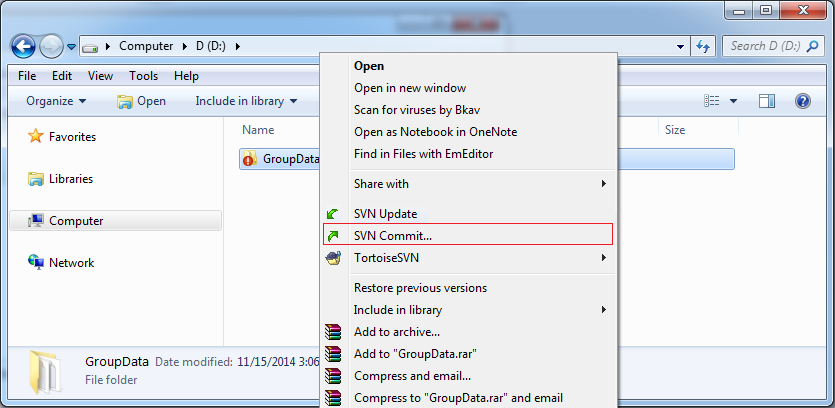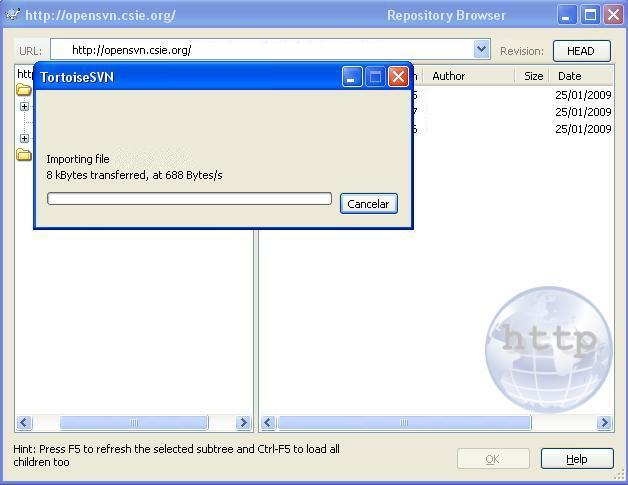
The REPO_NAME:/ section inherits permissions from those above, so anon users have read only permission to it.

Any access above and beyond read only will be prompted for a user/pass by apache AuthType Basic. The * in the / section is matched to anonymous users. LoadModule socache_shmcb_module modules/mod_socache_shmcb.so To make sure the SSL settings get loaded, uncomment the SSL configuration line in /etc/httpd/conf/nf so it looks like this:

Include the following inside of a virtual host directive:ĪuthzSVNAccessFile /home/svn/.svn-policy-file # openssl req -new -x509 -keyout server.key -out server.crt -days 365 -nodesĪdd the following to /etc/httpd/conf/extra/nf (or to /etc/httpd/conf/extra/nf if you are not using ssl). SSL for SVN access has a few benefits, for instance it allows you to use Apache's AuthType Basic, with little fear of someone sniffing passwords. LoadModule authz_svn_module modules/mod_authz_svn.so LoadModule dav_svn_module modules/mod_dav_svn.so LoadModule dav_fs_module modules/mod_dav_fs.so Install Apache HTTP Server as described in its article.īesides Apache, you will only need to install the subversion package.Ĭreate a directory for your repositories:Įnsure the following are listed.if not, add them (you will typically have to add just the last two), they must be in this order:

At some point you should be able to use any WebDAV interface to update files in the repository.

There are two popular svn-servers, the built in svnserve and the more advanced option, Apache HTTP Server with svn plugins. This article deals with setting up an svn-server on your machine. Subversion has since expanded beyond its original goal of replacing CVS, but its basic model, design, and interface remain heavily influenced by that goal." Apache Subversion is "a full-featured version control system originally designed to be a better CVS.


 0 kommentar(er)
0 kommentar(er)
